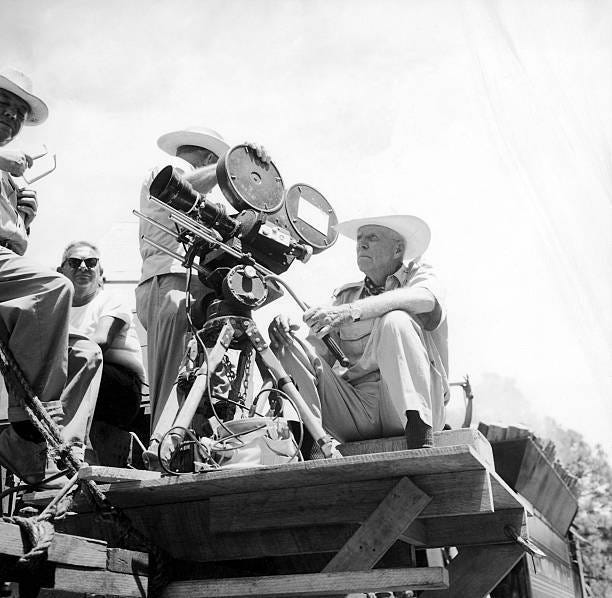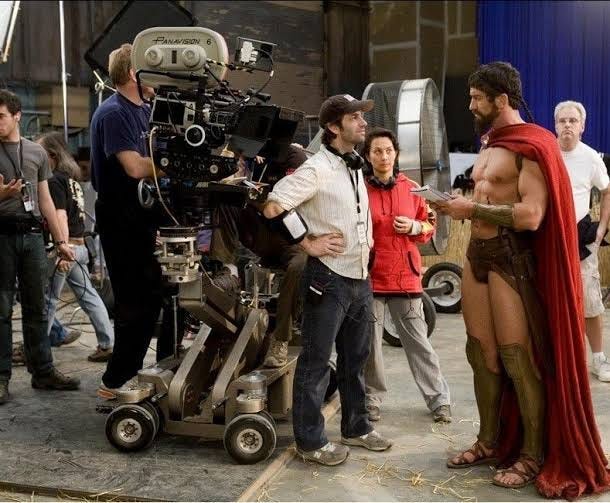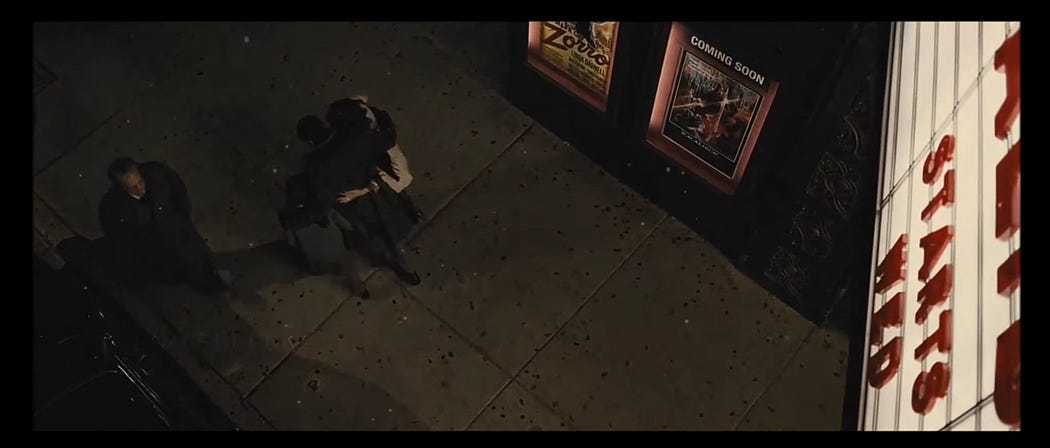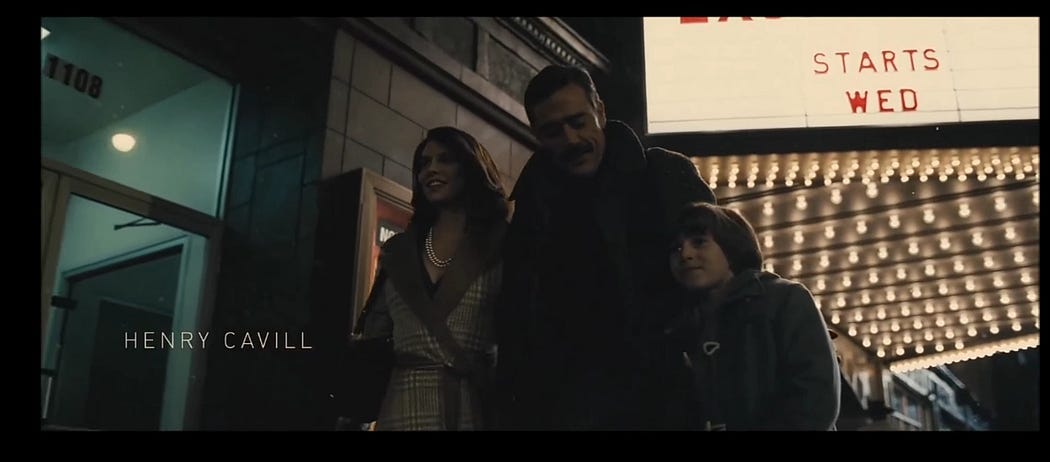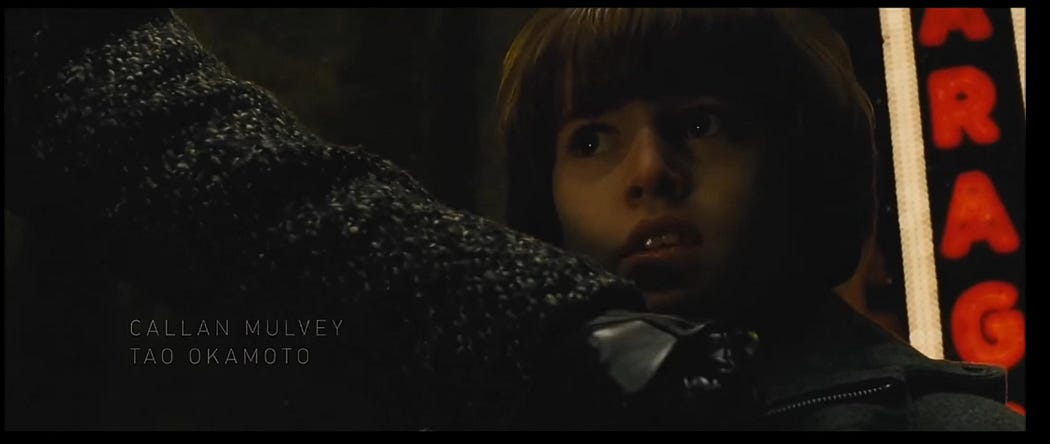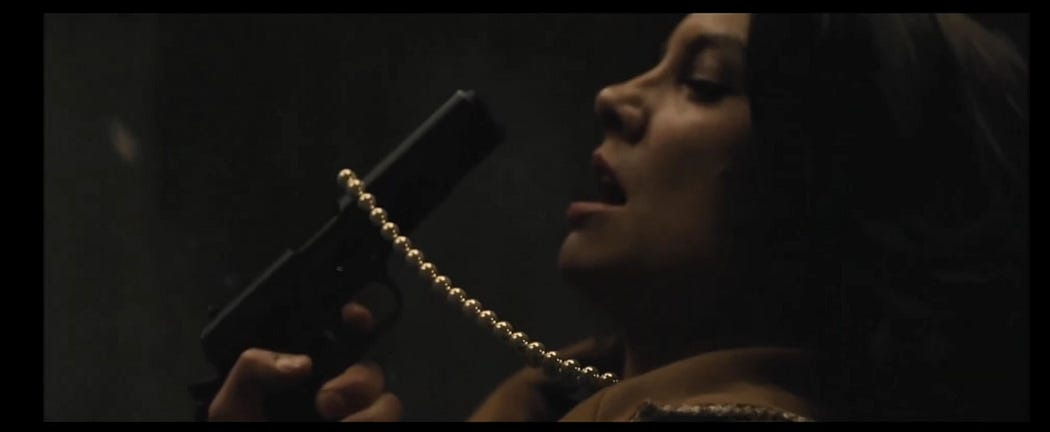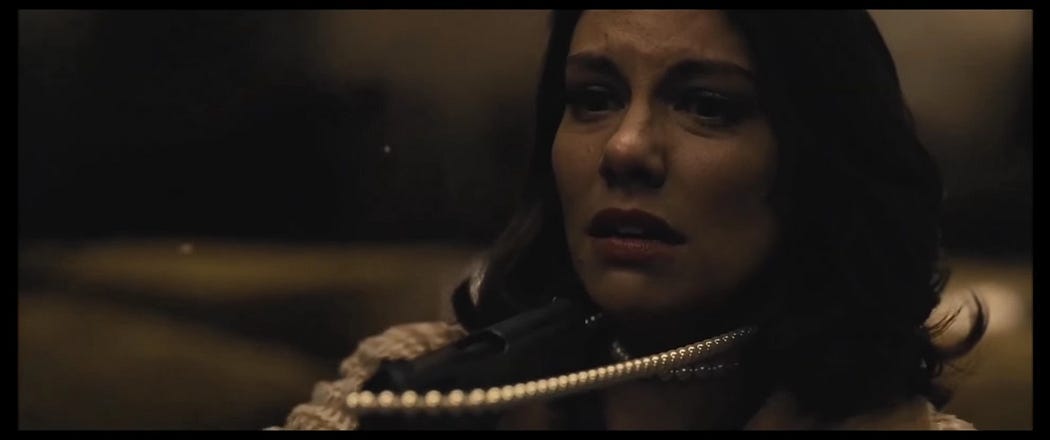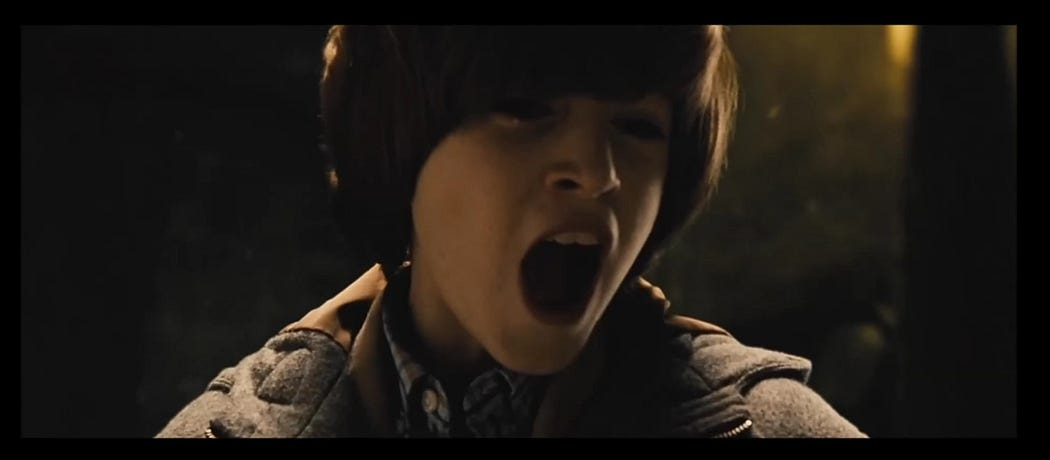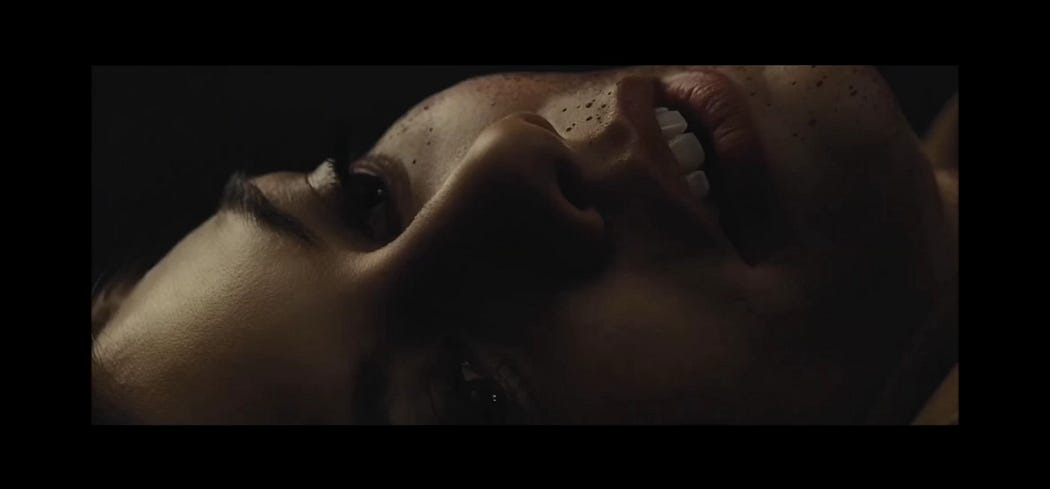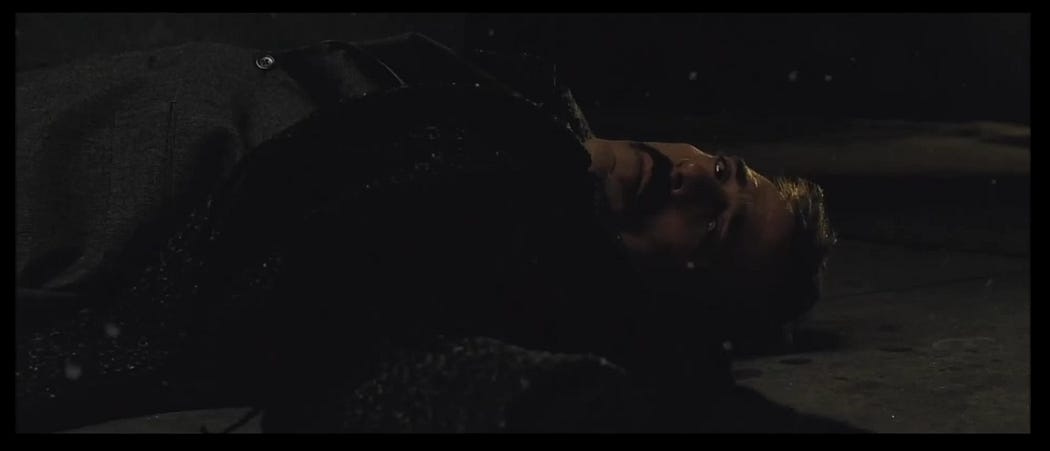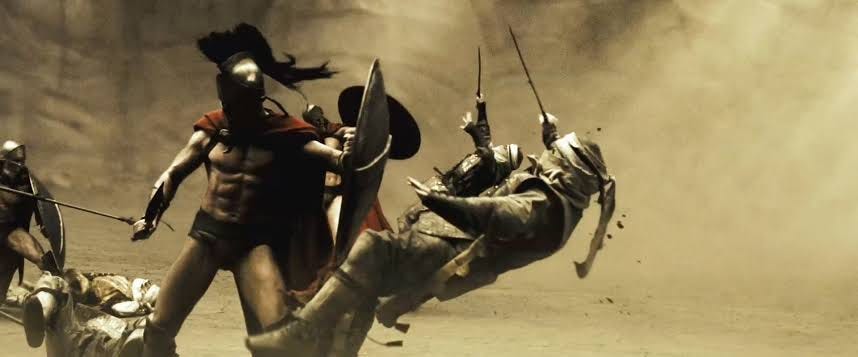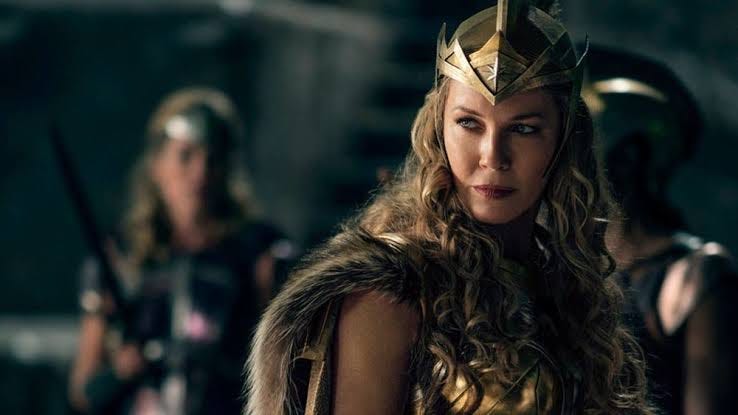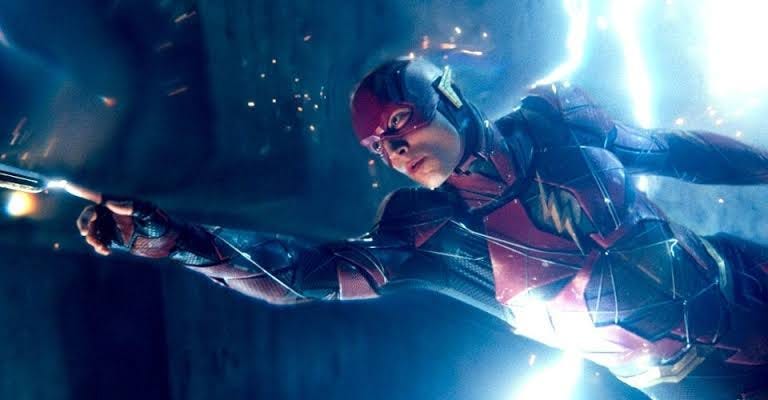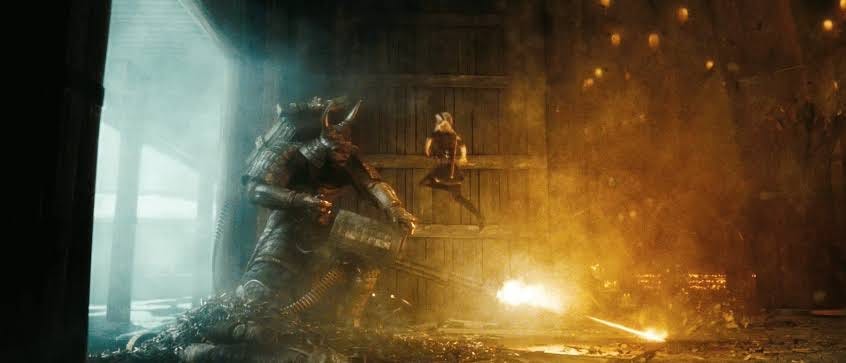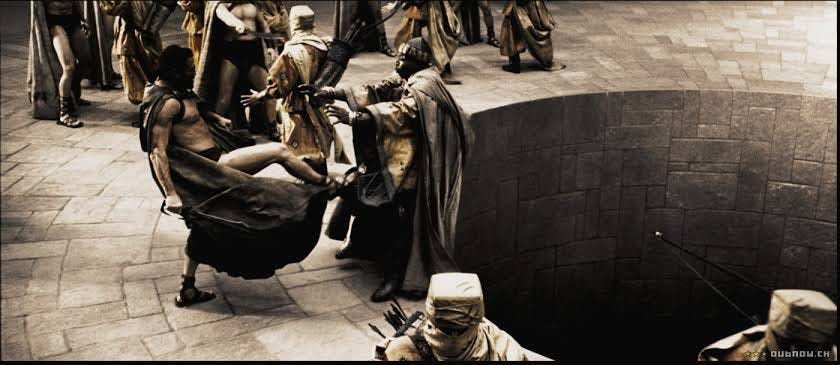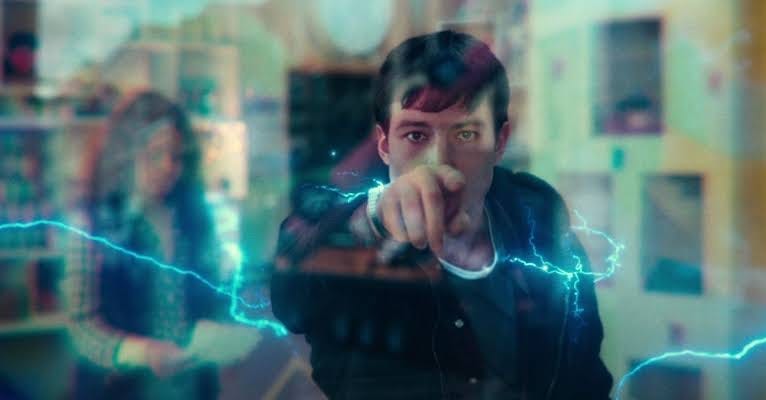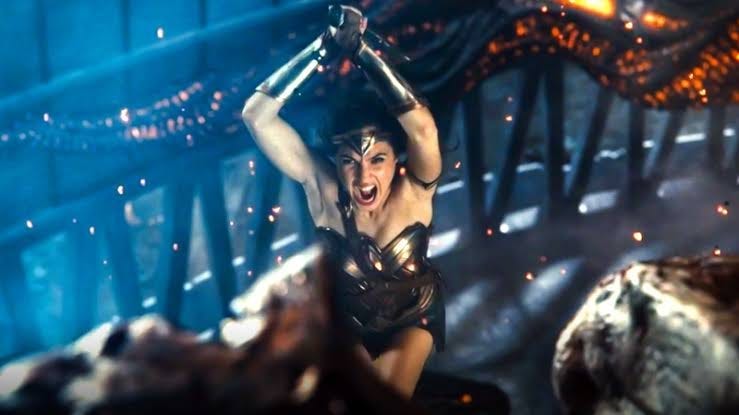The Philosophy of Zack Snyder
A misunderstood genius? A master of visual storytelling and a pioneer of comic book films that appeal to the very core of the human condition?
A hack who uses excessive symbolism in films with little to no character development and then tries to compensate for it with overused computer-generated images?
This is the ultimate Zack Snyder argument.
Snyder, genius or not, has a unique way of telling a story. His films elicit the most heated philosophical debates, leading even his most ardent fans to question his intentions at first. This makes him an auteur, one of only a few in modern cinema.
The auteurs of old, for better or worse, inspired a new generation of geniuses. They were creative artisans with distinct - and often one-of-a-kind - visions that could be seen in their works.
Snyder has undeniably carved his name as a commanding force in the realm of 21st-century directors. A parallel is usually drawn between him and the infamous Michael Bay, accompanied by critics contending that Snyder surrenders a compelling narrative at the altar of breathtaking visuals, occasionally revelling in violence to the extent that teeters on the precipice of being offensive.
Snyder embodies the quintessential love-it-or-hate-it artist whose creations obediently adhere to a similar principle.
His style is both straightforward and complex at the same time. He uses bleak colour palettes and graphics that look straight out of a comic book. The 2009 Watchmen film was considered “unfilmable” before he was approached with the project after the success of Dawn of the Dead and 300. The majority of moviegoers were unprepared for his approach to filmmaking. As mentioned earlier, the critical responses to those movies were mixed, and major film studios do not usually appreciate results like that.
Man of Steel was arguably a masterpiece in its own right, but its reception was mixed, similar to Snyder’s other works. It became evident again that the world was not fully ready for his movies.
You’re probably aware of how things unfolded, as the Director was eventually granted the opportunity to release his version of Justice League, which received an overwhelmingly positive response on HBO Max nearly five years after the initial release of the first version. The breaking point for the studio came with Batman v Superman. Both critics and fans had differing opinions, and it fell short of the expected one billion dollar box office success.
Cinematography
One of the best shots in his entire filmography was the murder of the Waynes in the opening scene of Batman v Superman. Snyder employs the “show, don’t tell” technique, letting the audience see what is happening rather than bombarding them with unnecessary dialogue. For all intents and purposes, the picture is the dialogue in his films.
The camera pans from the movie theatre’s sign just behind the Waynes. There are a lot of close-ups in this scene. The faces of the characters, with Thomas Wayne’s fist clenched on his son’s (Bruce) chest before the man shoots him. While showing us the gun barrel, Martha’s pearl necklace comes into view.
Those shots appeared simple at first glance, but they revealed a more complex picture upon closer inspection. They made us feel what the characters felt; first, it was fear. Then it turned into anger and later to despair and angst.
During this scene, we see alternating shots of Bruce falling down a well just when the gunman pulls the trigger on his mother (Martha). At this moment, his fear peaks in both shots. As his mother goes down, so does he.
The music of Hans Zimmer and JunkieXL perfectly complemented the scene. It was all done in slow motion, a trademark of Snyder’s.
Themes
There is a common misconception about Snyder’s films. It’s believed that his works are unnecessarily gloomy because he uses dark tones and unusual colours. This couldn’t be farther from the truth.
Hope is a recurrent theme in all of his works, not the lack of it, from the 300 Spartans battling for the hope of liberation from tyranny to Batman finding salvation after Superman’s sacrifice. The story has always been the same; hope.
His female characters are as significant to him as his male characters. Queen Gorgo from 300 was more than just a wife; she was practically her husband’s second in command. In Dawn Of The Dead, Ana Clark was his main protagonist, and his version of Lois Lane did more in a single film than the others combined.
Action scenes
You could say that Snyder brought action scenes into the 21st century. His trademark of presenting battle scenes in his unique slow-motion style has become - more or less - ingrained in contemporary film culture.
He takes a precise and stylised approach when it comes to action sequences. The audience feels every kick. The messenger being kicked down the hole by King Leonidas, the kick at the door in Watchmen’s opening scene, and the little explosion when Superman confronts Batman for the first time in live-action.
The slow motion is what makes it stand out. It’s all peculiar and complex and present in all of his films.
Superman vs the Kryptonians in Man of Steel was, without a doubt, one of the best battle scenes ever seen in comic book film history. It was one of the first few times we saw what gods fought like in live-action.
Conclusion
Batman v Superman helped cement his reputation as one of the most divisive and controversial filmmakers in the modern age of cinema. Snyder has altered people’s perceptions of action films. Even James Cameron has said that the auteur creates films far ahead of time.
His style, particularly his impact on the DC Extended Universe, earned him a devoted and dedicated fan base. The recent release of Justice League demonstrated that.





